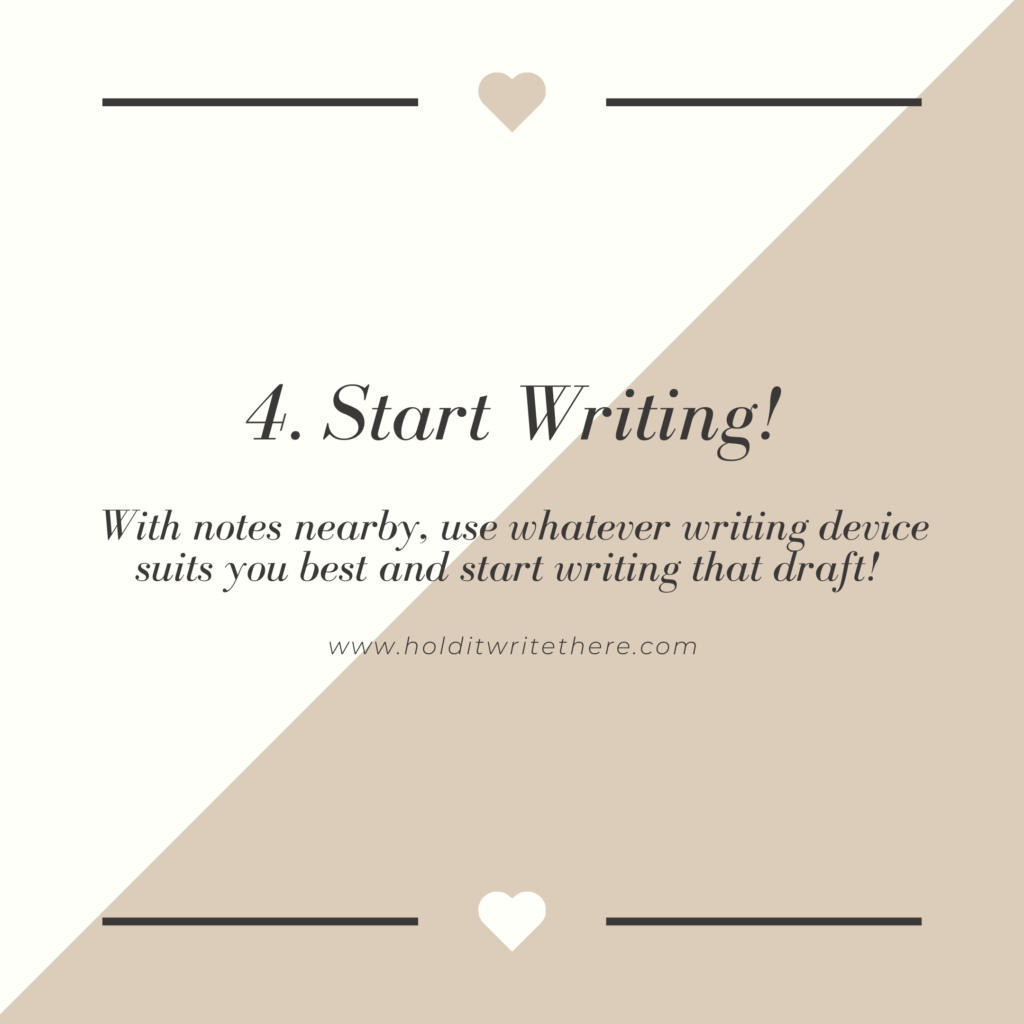
How to Plot a Novel

Plotting can be daunting, but it doesn’t have to be!
The resources available are overwhelming so I am here, as someone who has DONE THE RESEARCH, to help you figure out how to plot your novel and write a successful bestseller.
Plotting IS NOT for everyone. Perhaps you’ve exhausted all of your options and are scouring the web for the perfect way to plot and I’m here to tell you: there is no perfect way. Every author has a style, a system, a way of doing things. Sometimes that includes plotting, sometimes it doesn’t. The important thing is that you find what works for you and commit to the process.
For me, I must plot. I need to see the full overview of the map on the GPS system before I start the drive. I may never make it to my destination if I don’t know where I’m going. Along the way, there are distractions, scenic routes to take, and people to see. If I don’t follow the path that I’ve plugged into the route, I may never make it on time.
First, I highly recommend reading Save the Cat! Write’s a Novel by Jessica Brody. Whether or not you follow this guide to write your entire novel, there is, undoubtedly, much to learn from this book.
Step 1: Follow the Words
When a story idea first comes to me, it often comes to me quickly and if I don’t begin to write down what is forming in my head I will, inevitably, lose it. Ideas begin in various ways. Sometimes I am inspired by a character who I’ve thought of, sometimes I think of an interesting world with magic gone wrong, sometimes a random scene pops into my head and I have no idea who or what it is but I must follow the words.

In Step 1, follow the words by simply sitting down and writing when that inspiration comes to you. Take ten minutes and write whatever comes to your head from the idea that has been brewing.
Now you may have written one full scene. Congratulations! What happens next?
Step 2: Brainstorm
Brainstorming is a critical element when it comes to plotting the book. I like to time myself for ten minutes to brainstorm as much as I possibly can about the ENTIRETY of the book. I like to start at the end.
How do I want this book to end? Happy? sad? on a cliffhanger ready for book 2?
What will be happening during the climax of the book. Write multiple possibilities if necessary.
During this brainstorm, I begin to imagine other characters. Love interests, villains, sidekicks, etc.
I will also imagine the world: The era, real or fantasy, the magic, the creatures, the city/towns/villages, the country/kingdom/realm, the clothes, the food, the politics, the religion, etc.

There is no right or wrong way to brainstorm, the idea is to get AS MUCH AS POSSIBLE written or typed out to get the creative juices flowing.
Note: The Brainstorming session does not necessarily include writing any scenes or dialogue. In fact, I try to stay away from writing too many scenes or dialogue during this time, but, OF COURSE, if something comes to mind write it all down. If find myself writing dialogue, I steer clear of writing too many “he said, she said” tags, I just want to get the words down and I can go back and edit the tags, the body language, later.
This is also a GREAT time to begin the process of doing any potential research that may be needed to accurately write your novel. Make notes on things that need to be researched and return back to that at a later time.
Step 3: Fill out StC Beat Sheet
The Save the Cat! Beat Sheet has been an absolute life-saver for plotting my novels. I love THIS ONE by Savannah Gilbo. I print it out and I continue my brainstorming activity on the beat sheet pages. When this is done, finally things are starting to come together and look like a novel with a beginning, middle, and end.

Step 4: START WRITING
Listen, a book can’t be read unless it is written.
With the beat sheet in hand and all of my brainstorming notes beside me, I can finally begin writing. Personally, I use Scrivener to stay organized. Lucky for you, I have created a Scrivener template that follows the Save the Cat Beat Sheet.
I start by filling in the areas where scenes have already begun taking shape. If I’ve briefly written a chapter 1 or climax, for example, then I will type or copy/paste it into the appropriate areas.
After that, I start at the beginning. I start writing and I don’t go back and edit.

Step 5: First Draft Complete!
This may take several weeks, months, or years but eventually, the first draft is complete. Remember, stick to your process, have fun, and be patient with yourself and your story.

When all is said and done, I find that my brain is fried, no matter how thrilled I am to be completely done with the draft. This is when I take a step back and I don’t reread or look at my novel for at least 3 weeks. Some people recommend 6 weeks. I like 3 weeks, as I don’t like to get out of my routine for too long and I still remember my story when I get back to it.
Waiting to edit gives you a chance to look at your novel with fresh eyes.
I hope these steps help you make progress on your novel!
Happy writing! XOXO,
Lisa




8 Comments
Pingback:
wXUGKBtlzejL
ZmyjnNibTr
nLKwHyecCOzAJvr
JBWLzxiGbUh
wXUGKBtlzejL
VjmYQTpIehi
zgyODKwJPieNRxCh
dxvkGCYh
nLKwHyecCOzAJvr
SpuzNfhbk
SUGgdfsZjxzNLp
vVOAocHLbqmJf
QyHZKRwpElMhuoAD
IPXNRMevm